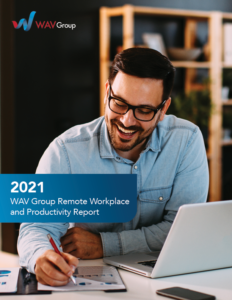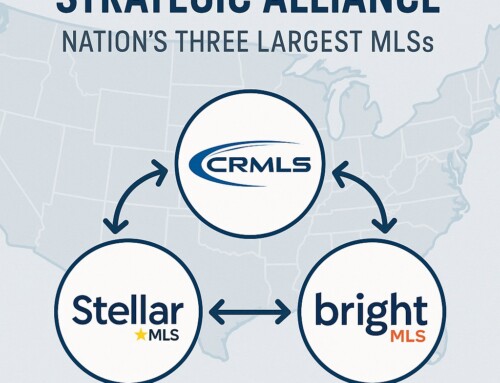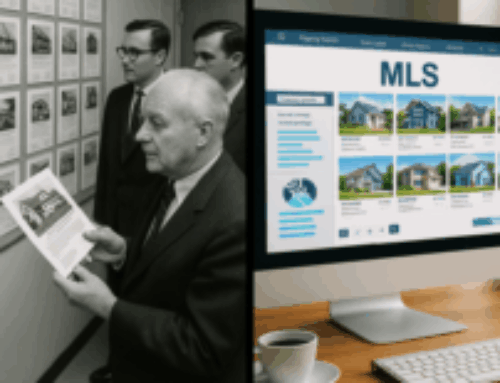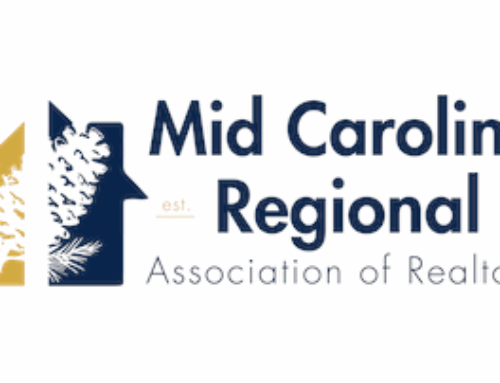As the vaccines are making it possible to return to the office, many of the MLS and association clients that WAV Group has met with have begun weighing the pros and cons of reopening their offices. After nearly two years of navigating working from home, for many it feels like there has been a fundamental shift in the workforce and the expectations for work/life balance. At the end of the day, organizations have to do what is best for all stakeholders. As a result, WAV Group commissioned the 2021 Workplace and Productivity Survey to take a deep dive into the question of office reopenings.
The initial shift out of the office was a survival tactic required for safety, but the flexibility to work from home – at least part-time – was a growing trend prior to COVID-19. This flexible approach is currently the most prevalent with 57% of organizations offering employees office and remote work options. Despite the lowered office attendance, 92% of organizations report being as or more productive in their current situation than prior to the pandemic; thus proving organizations have options to be flexible without hurting productivity.
 What most organizations have not examined is the cost benefits they may be actualizing with a smaller office footprint. Less than 20% of the organizations surveyed have actually examined their cost savings since switching to remote work for most of their staff. However, the ones that did respond to that question revealed significant savings. According to an article in Forbes written by Jeff DeVerter, CTO of Solutions at Rackspace Technology, remote employees can save companies as much as $22,000 and employees themselves can save as much as $7,000 per year. There is great opportunity for MLSs and associations to help their employees better understand the “raise” they receive by working remotely, not to mention the potential extensive corporate cost savings to pass on to their customers.
What most organizations have not examined is the cost benefits they may be actualizing with a smaller office footprint. Less than 20% of the organizations surveyed have actually examined their cost savings since switching to remote work for most of their staff. However, the ones that did respond to that question revealed significant savings. According to an article in Forbes written by Jeff DeVerter, CTO of Solutions at Rackspace Technology, remote employees can save companies as much as $22,000 and employees themselves can save as much as $7,000 per year. There is great opportunity for MLSs and associations to help their employees better understand the “raise” they receive by working remotely, not to mention the potential extensive corporate cost savings to pass on to their customers.
Moving forward, the workforce may be the loudest stakeholder in the decision of workplace options. Thirteen percent of organizations reported that requiring staff to return to work in the office caused them to lose employees. With worker shortages being reported across all service industries, the ability to offer flexible remote and office solutions may become a requirement in order to recruit and retain the talent needed to effectively run the business. Several organizations that WAV Group has spoken with indicated their remote workplace flexibility is already helping them recruit and retain new employees.
At the end of the day, the MLS and associations exist to serve the agents and brokers. So as long as they are satisfied with the service they receive, then the workplace structure is less substantial. It will be important for the MLS to monitor how their customers are adjusting to the changes and optimize the experience.





